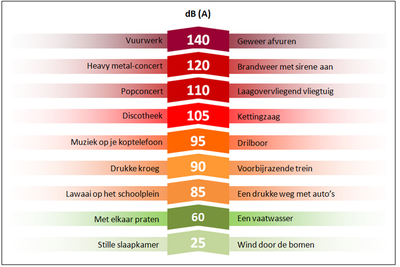User:SuzanneGuitjens/On the body
For on the body I choose for the parts ears and upper body. So i was thinking about something that you could wear that would help or do something to you're ears. Than I came to the idea to make a t-shirt that with lights and a lily pad that would show you when the sounds around you are to loud and you could get Conductive hearing loss. I did some research about Conductive hearing loss.
Conductive hearing loss occurs when there is a problem conducting sound waves anywhere along the route through the outer ear, tympanic membrane (eardrum), or middle ear (ossicles). This type of hearing loss may occur in conjunction with sensorineural hearing loss (mixed hearing loss) or alone. Conductive hearing loss makes all sounds seem faint or muffled. The hearing loss is worse in low frequencies. Congenital conductive hearing loss is usually identified through newborn hearing screening or may be identified because the baby has microtia or other facial abnormalities. Conductive hearing loss developing during childhood is usually due to otitis media with effusion and may present with speech and language delay or difficulty hearing. Later onset of conductive hearing loss may have an obvious cause such as an ear infection, trauma or upper respiratory tract infection or may have an insidious onset related to chronic middle ear disease, otosclerosis or a tumour of the naso-pharynx. Earwax is a very common cause of a conductive hearing loss which may present suddenly when water gets behind the wax and this blocks the ear canal.
